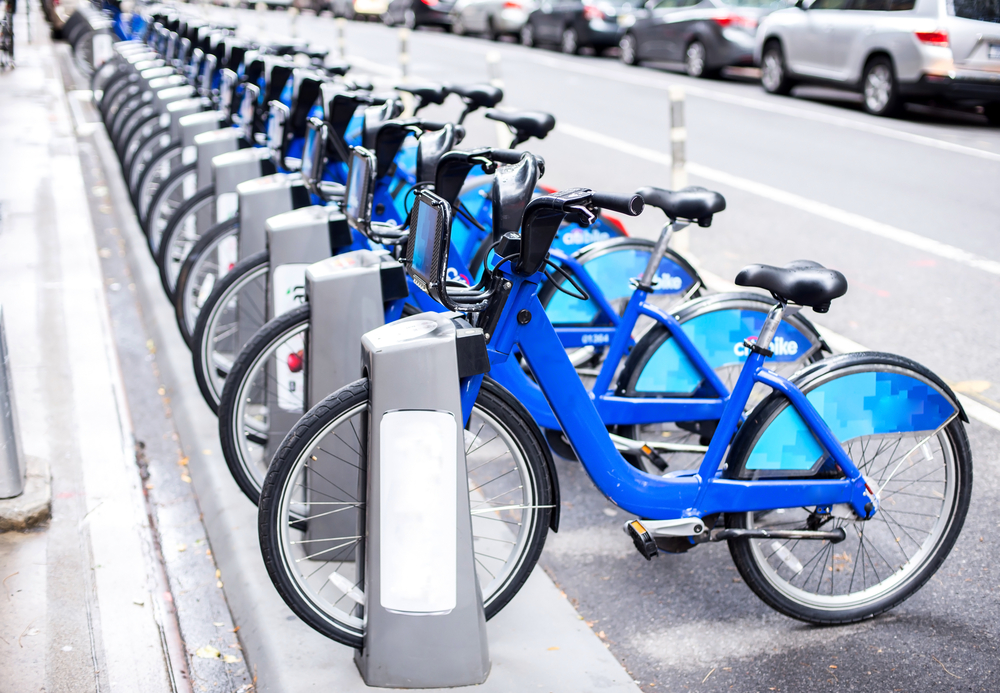
Last year, more than 35 million bike-share trips were taken, according to the National Association of City Transportation Officials (NACTO), which marks a 25 percent increase from 2016.
The number of companies in the market has also increased. In 2016, there were three major companies, but there were more than 10 reported in 2017. The downside to this expansion, however, is instability in the market. On average, at least one major company declares bankruptcy the same year it launches.
Additionally, dockless bike share entered the market last year and now represents 44 percent of all bike-share bikes on the ground in cities, but only 4 percent of all rides.
Cities throughout the country have made bike sharing more affordable by offering an income-based discount program. The programs have increased the number of people using bike sharing and are used with 32 percent of station-based bike-share systems.
“Cities continue to build streets that provide safe places to ride, and people are responding by biking by the millions – to get to work, school, and for personal business,” Linda Bailey, NACTO executive director, said.
The first modern bike-share systems in the United States were established in 2010. Since then more than 123 million trips have been taken.